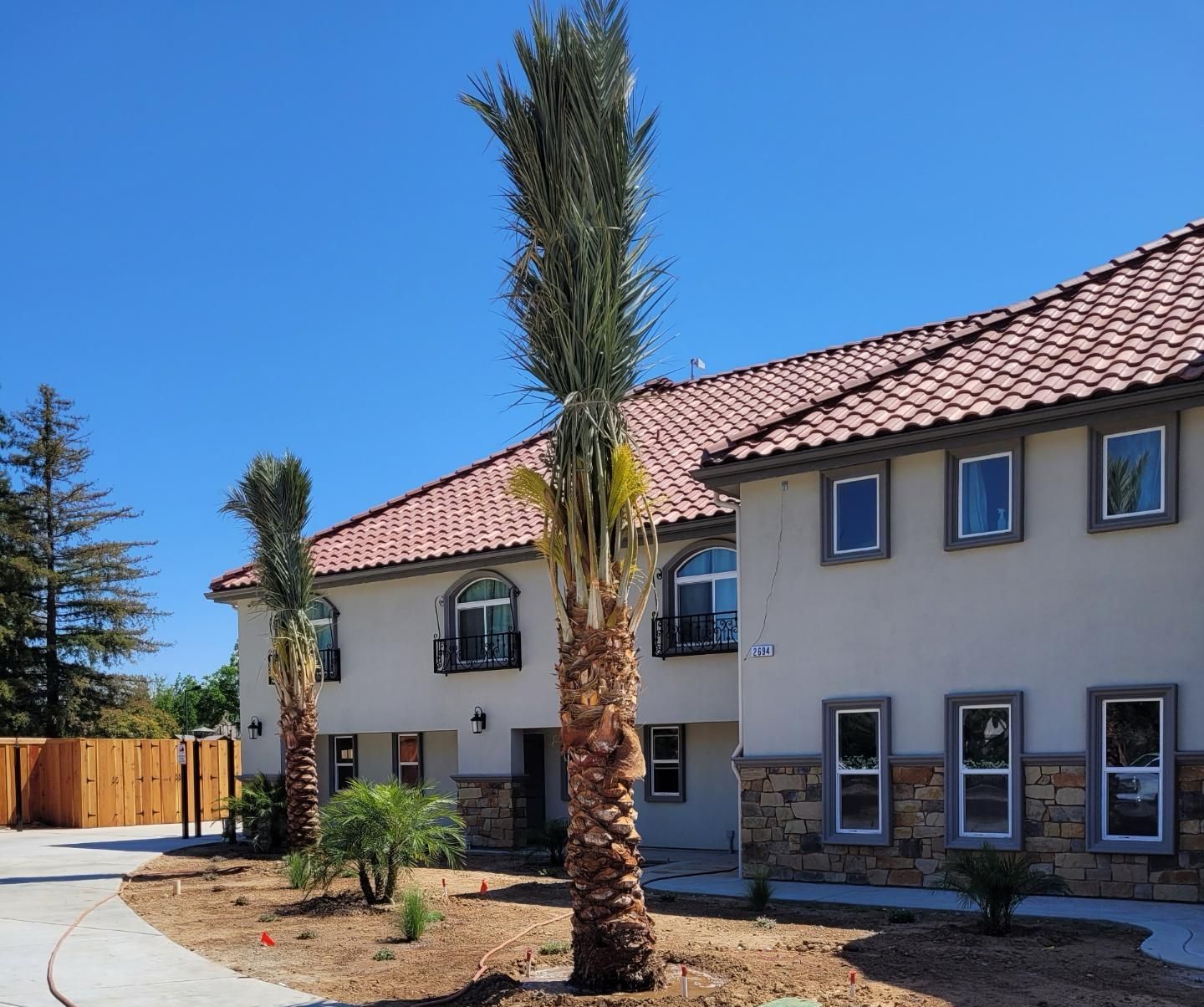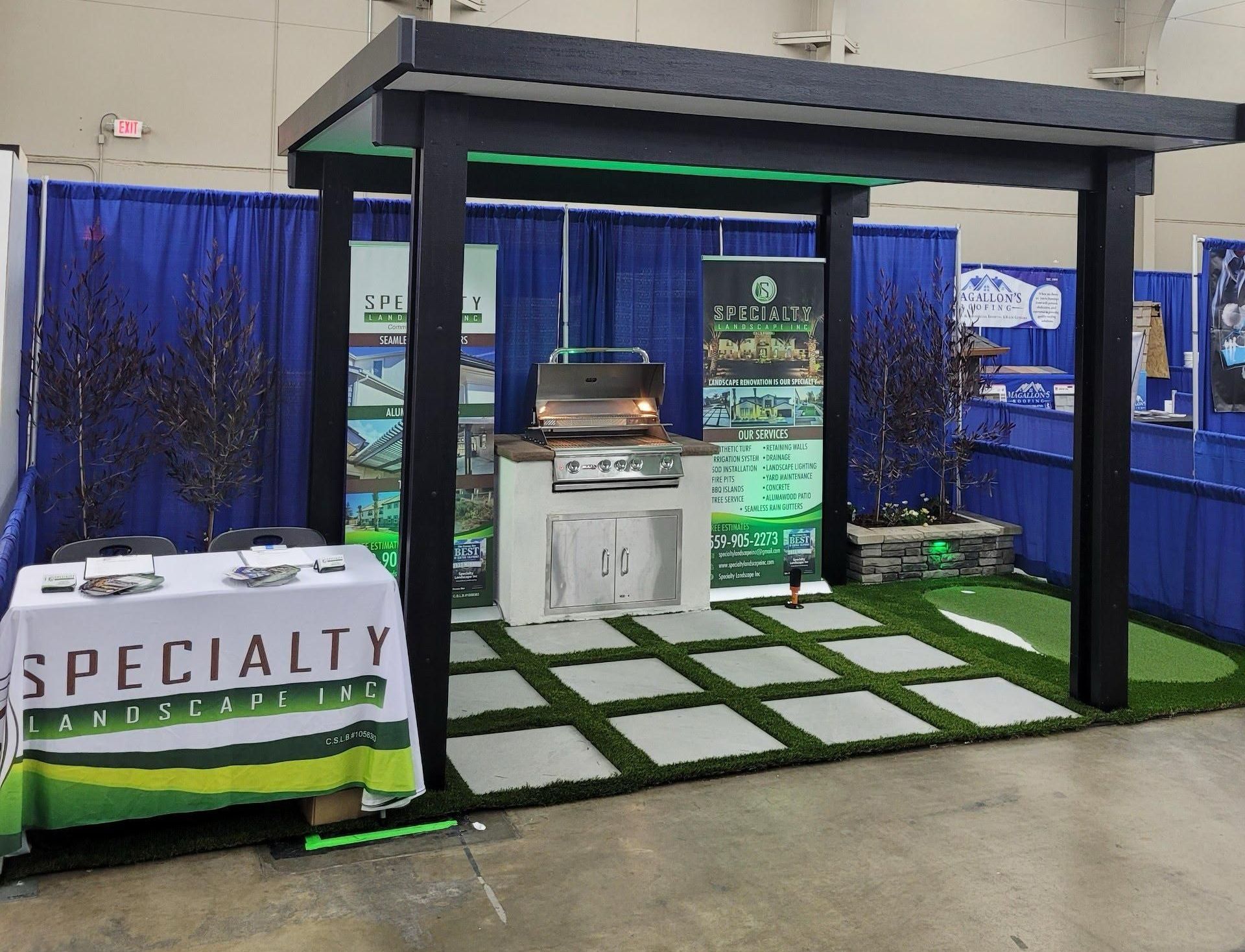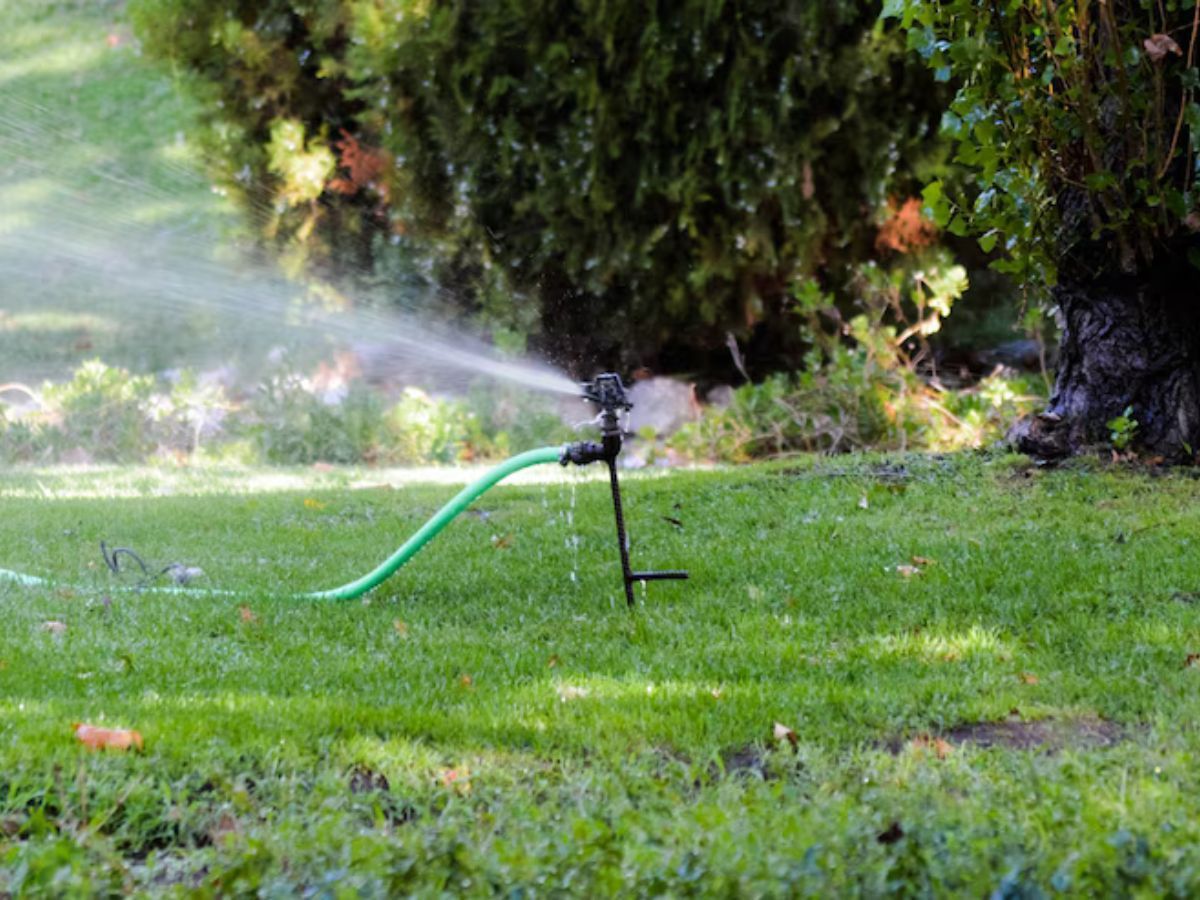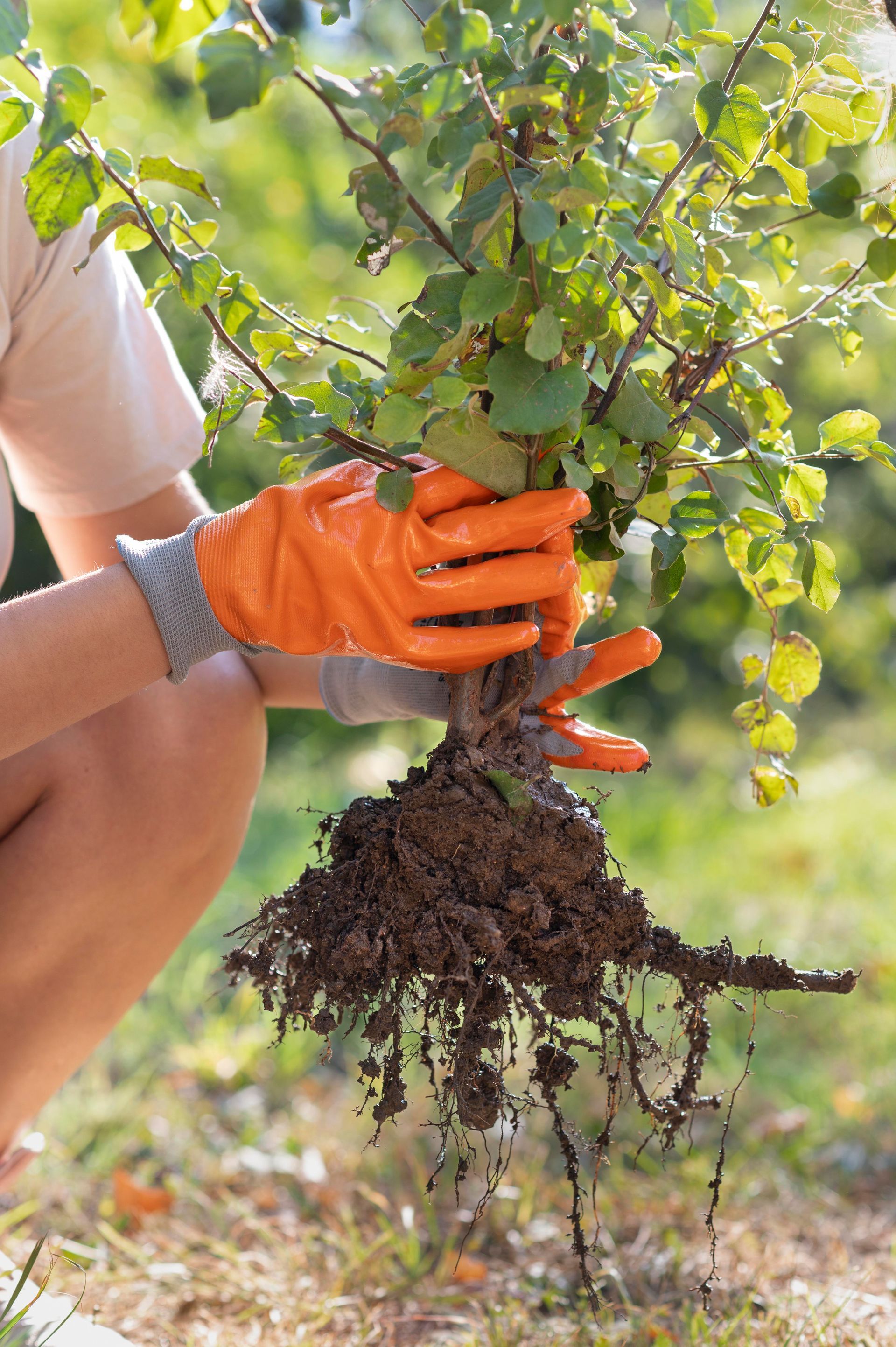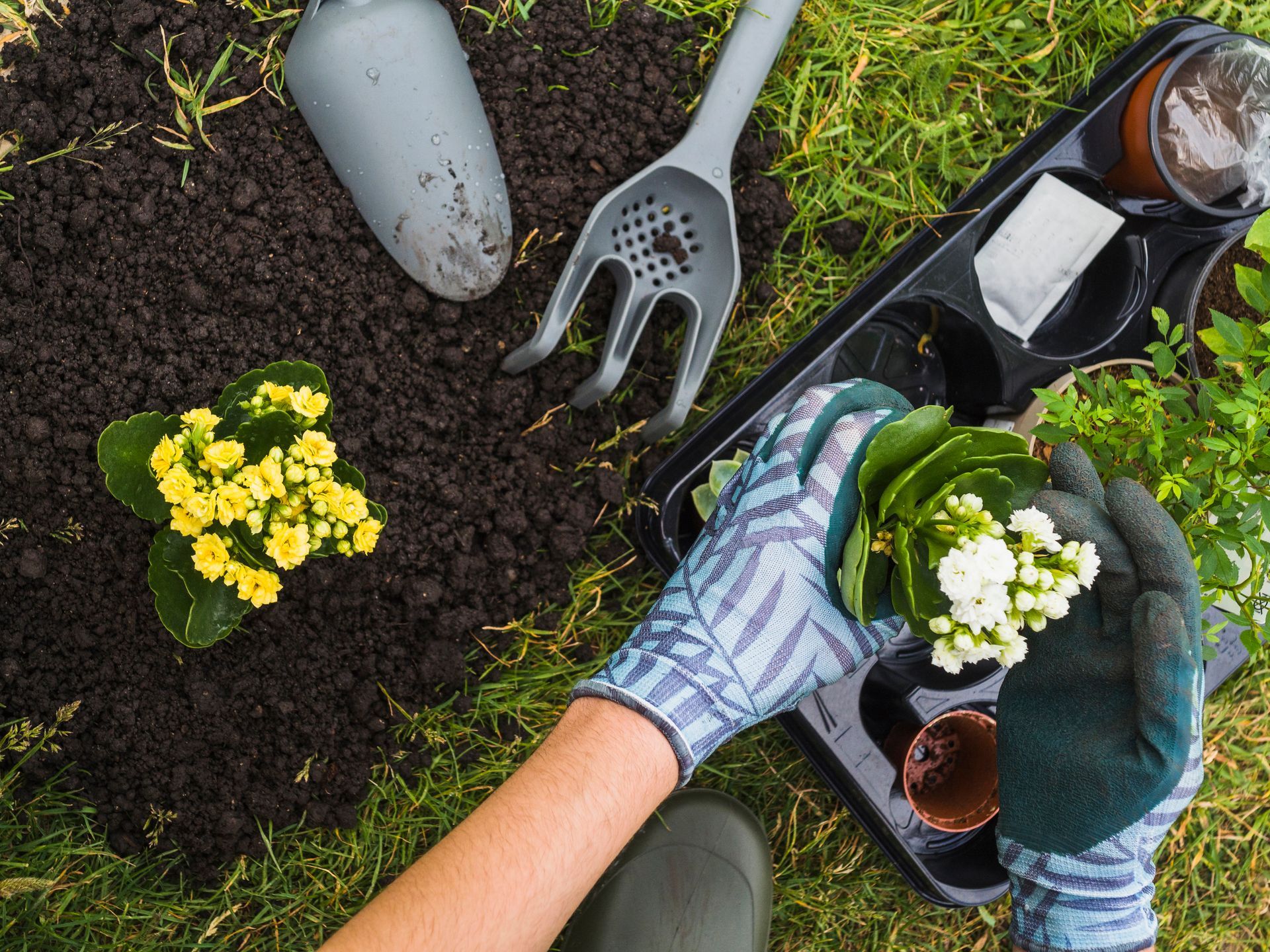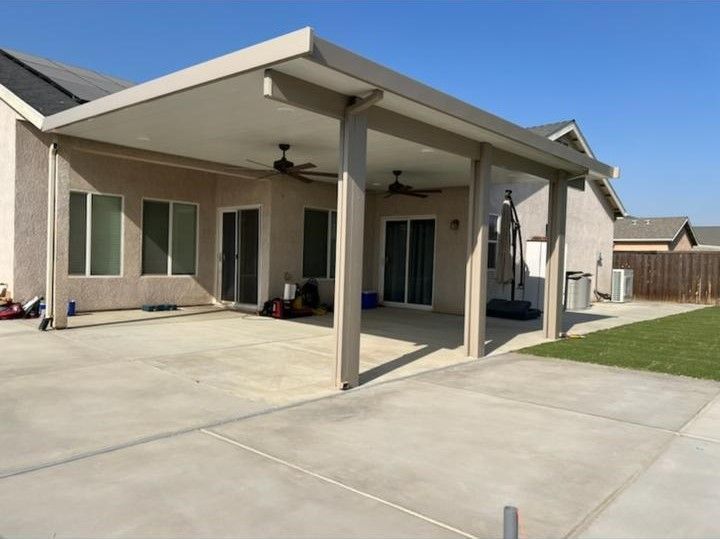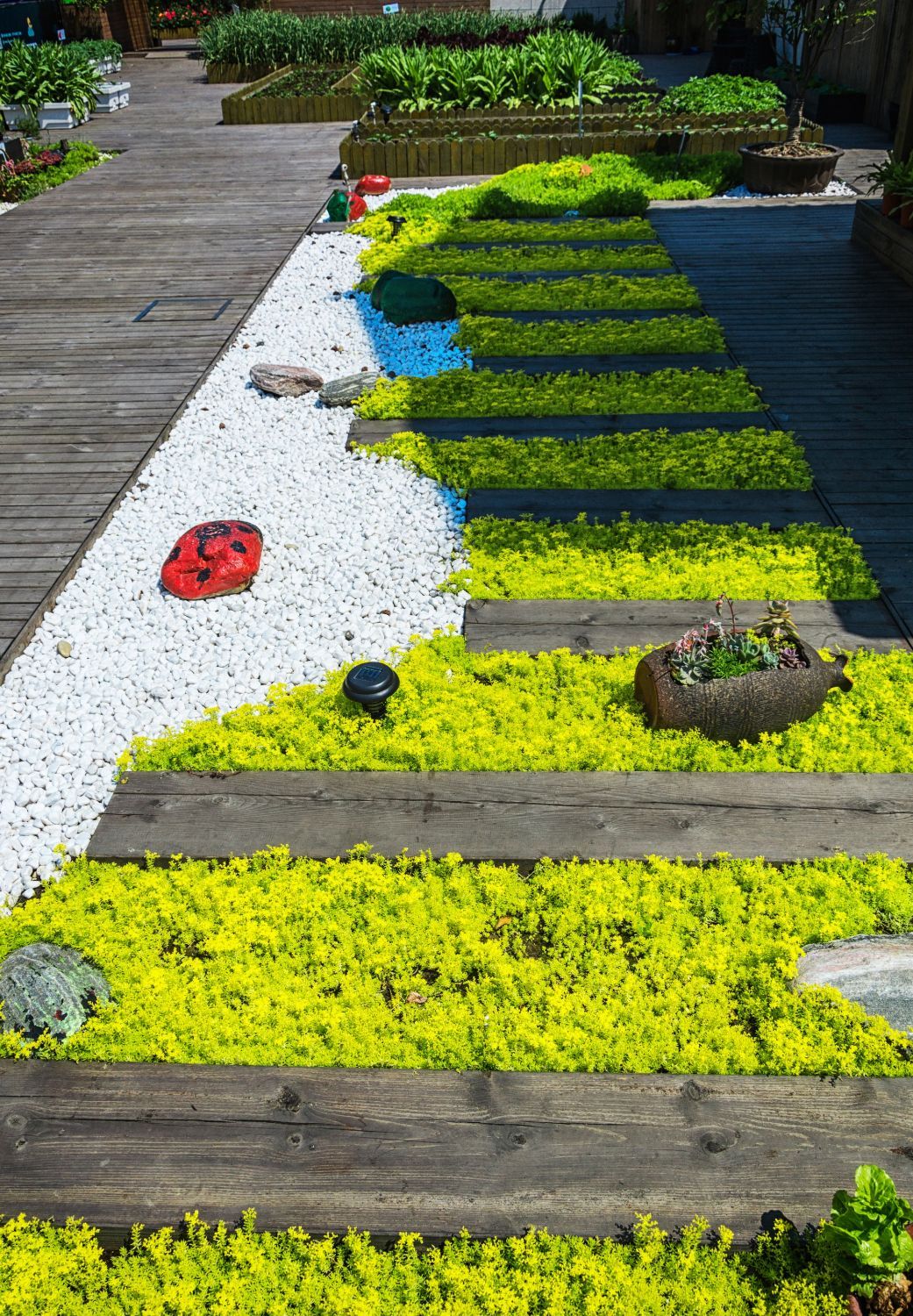By Magic City Marketing
•
April 30, 2025
Madera, California, with its warm Mediterranean climate and picturesque landscapes, is home to a variety of beautiful trees that thrive in the region. Whether you have towering oaks, vibrant citrus trees, or elegant palms, maintaining healthy trees is essential for both aesthetic and safety reasons. However, many residents in Madera face tree care challenges, including the need for tree trimming in Madera, CA , which can significantly affect the health and longevity of their trees. In this blog, we’ll explore the top seven tree care issues Madera residents encounter and provide practical solutions to address them. 1. Pest Infestations One of the most common challenges homeowners face in Madera is dealing with pests that target trees. Insects such as aphids, scale, and beetles can wreak havoc on tree health by feeding on leaves, bark, or sap, ultimately causing defoliation, stunted growth, or even death. How to Fix It: To prevent pest infestations, it's important to regularly inspect trees for signs of insects. Look for yellowing or curling leaves, visible insects, or sticky residue (a sign of sap). If you notice any signs of pests, try using organic treatments like neem oil or insecticidal soap, which can be effective without harming the environment. For severe infestations, it’s best to call a professional arborist who can identify the issue and recommend safe, effective pest control methods. 2. Water Stress Madera is known for its hot, dry summers, which can stress trees if they don't receive enough water. Overwatering is also a common issue, especially with newly planted trees, as it can lead to root rot and other problems. Both overwatering and underwatering can cause trees to wilt, shed leaves prematurely, or show signs of poor health. How to Fix It: The key to managing water stress is consistency. Trees typically need deep, infrequent watering rather than shallow, frequent watering. A good rule of thumb is to water deeply once a week during the hot months, allowing water to reach the root zone. Make sure the soil drains well, and check for signs of standing water. In periods of drought, ensure that your trees are getting enough hydration, but avoid drowning them with excessive water. Using a drip irrigation system can help regulate water distribution and prevent both over and underwatering. 3. Improper Pruning Pruning is a crucial part of tree care, but many Madera residents make the mistake of improper pruning, which can damage trees and even reduce their lifespan. Common mistakes include cutting too much off, removing too many branches at once, or pruning at the wrong time of year. Over-pruning can leave trees vulnerable to disease and pests. How to Fix It: Prune trees with care, making sure to follow proper techniques. Always use sharp, clean tools to make clean cuts and avoid tearing the bark. For most trees, the best time to prune is in late winter or early spring, before the tree starts actively growing. Avoid cutting off more than 25% of a tree’s branches at once. If you’re not sure how to prune correctly, consider hiring a professional arborist who can safely trim your tree while promoting healthy growth. 4. Tree Root Problems Trees in Madera, like elsewhere, can face root-related issues, such as root rot, shallow roots, or roots growing too close to the surface. Shallow roots are often a result of poor soil conditions or improper watering, and they can lead to instability and reduced nutrient absorption. Root rot, on the other hand, is typically caused by excessive moisture or poor drainage. How to Fix It: To address root-related problems, first ensure your tree is planted in well-draining soil. If you notice shallow roots, try to aerate the soil around the tree to encourage deeper growth. If root rot is present, remove any affected roots, and consider improving the drainage around the tree by adding organic matter to the soil or installing a drainage system. For significant issues, such as a tree becoming unstable due to shallow roots, it may be necessary to consult an expert to evaluate whether the tree can be saved or if it needs to be removed. 5. Tree Diseases Madera’s warm climate can sometimes be a breeding ground for tree diseases, including fungal infections and bacterial issues. Trees suffering from diseases like oak wilt, powdery mildew, or fire blight can show signs of yellowing leaves, wilting, or spots on foliage. If left untreated, these diseases can spread rapidly and severely weaken or kill a tree. How to Fix It: The first step in preventing tree diseases is ensuring proper care, such as adequate watering, fertilization, and pruning. Regularly inspect trees for signs of disease, and remove infected branches immediately to prevent spreading. Applying fungicides or bactericides can help, but make sure they’re appropriate for the specific disease affecting your tree. For persistent or severe disease, it’s best to consult an arborist for advice on treatment options. 6. Overcrowding and Insufficient Space In Madera, where trees are often planted close together to create a lush landscape, overcrowding can become a significant issue. When trees grow too close together, they compete for sunlight, nutrients, and water, leading to stunted growth, poor health, and weakened trees. Additionally, trees planted too close to structures or power lines can cause damage or pose safety risks as they grow. How to Fix It: To prevent overcrowding, make sure to plant trees with enough space to reach their mature size. Always consider the tree’s growth pattern before planting, and leave plenty of room for them to expand without crowding other trees or structures. If you notice overcrowding in your existing landscape, consider selectively thinning the trees. Removing a few trees or trimming branches can help the remaining trees thrive. In some cases, relocating trees to more suitable spots may be an option, but always consult a professional for guidance. 7. Storm Damage and Safety Concerns Madera’s weather can occasionally bring strong winds and storms, which can cause branches to break or even topple entire trees. Storms can also leave trees with leaning trunks or broken limbs, which could pose a safety hazard to your property and loved ones. How to Fix It: To prevent storm damage, regularly inspect your trees for any signs of weakness, such as cracked branches or hollow spots. Prune dead or broken branches before storms hit to reduce the risk of falling limbs. For larger trees, consider having an arborist assess the structural integrity of the tree, especially if it’s near buildings or power lines. After a storm, inspect your trees for damage and remove any hazardous branches. If a tree is severely damaged or leaning, it may need to be removed for safety reasons. Conclusion Taking care of your trees in Madera involves more than just occasional watering or pruning. Being proactive about pests, diseases, water stress, and safety concerns is essential to maintaining the beauty and health of your landscape. Whether you’re dealing with tree diseases, root problems, or the threat of storm damage, addressing these issues head-on with proper care can ensure your trees stay vibrant and healthy for years to come. If you ever feel uncertain or overwhelmed by tree care, don’t hesitate to reach out to a professional arborist who can provide expert guidance and services tailored to your needs. By staying vigilant and taking the necessary steps to fix common tree care challenges, Madera residents can enjoy lush, healthy trees that enhance the beauty of their properties.

